Lilly House and Gardens
Introduction
Text-to-speech Audio
Images
Lilly House (Oldfields) as it looks today
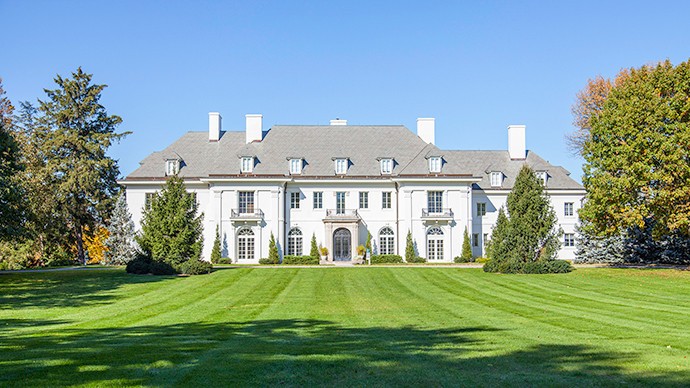
Aerial view of part of the famous gardens
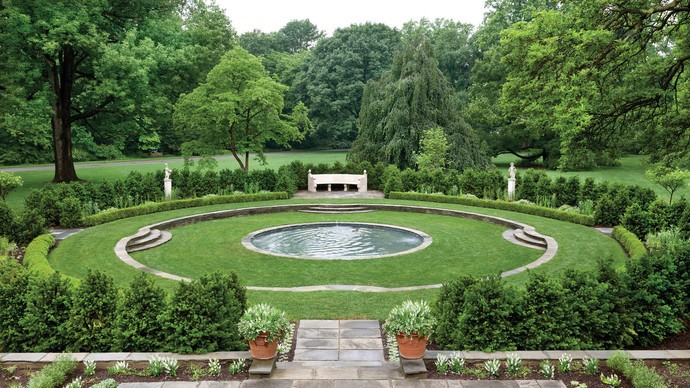
Present day view from the lower portion of the ravine garden designed by Percival Gallagher.
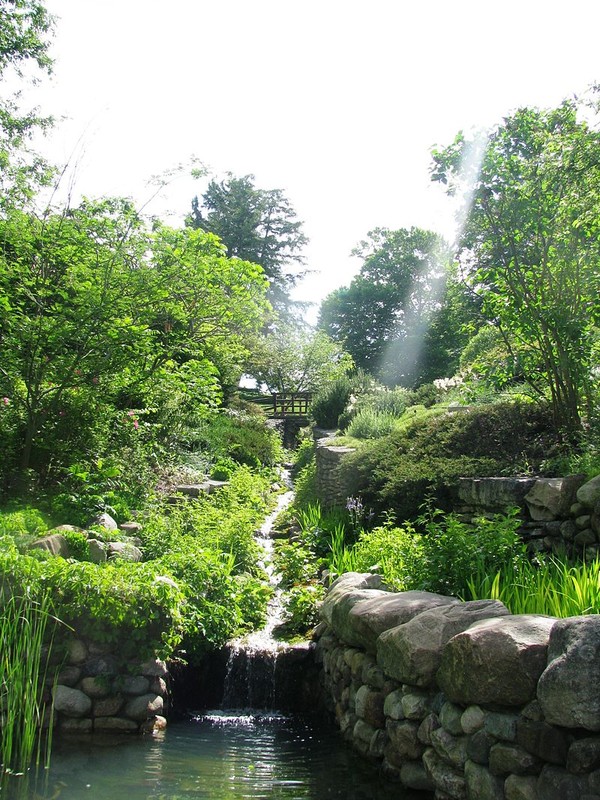
Josiah K. Lily, Jr. in 1913

Oldfields mansion on grounds of IMA today. 1920s photo for a wedding. photo from Indiana Historical Society.
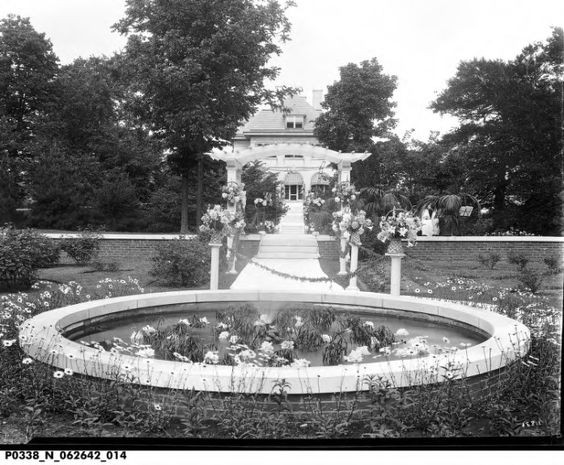
Undated photo of Oldfields. Courtesy of the Indianapolis Museum of Art
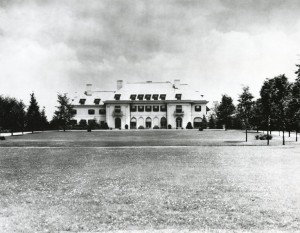
Backstory and Context
Text-to-speech Audio
J. K. Lilly Jr. and his wife Ruth Brinkmeyer Lilly purchased Oldfields from Landon in 1932 and hired Indianapolis architect Frederick Wallick to oversee changes to the house. Wallick enhanced the symmetry of the façade by reducing the number of doors and by moving the entrance from its original off-center position. Wallick also designed a library at the south end of the house to contain Mr. Lilly's growing collection of rare books.
After their initial remodeling of Oldfields, the Lillys continued to expand and make improvements to the property. In 1939, they chose a site to the southeast of their residence to construct a house called Newfield for their son J. K. Lilly III and his new wife Jean Heller. The next year, they constructed a recreation building to the north of Newfield, which featured indoor and outdoor swimming pools and a garden with a four seasons theme.
The late 1950s brought extensive redecoration to Oldfields. The Lillys undertook decorative work throughout the house, including scenic and trompe l'oeil wall paintings by Canadian muralist Douglas Riseborough. Highlighting the new rooms was a collection of portraits by painters such as Nattier, Fragonard, Reynolds and Goya. Many of these were later purchased from the Lilly estate by Herman C. Krannert and donated to the Indianapolis Museum of Art; some are now on view in the galleries.
Mrs. Lilly died in 1965 and Mr. Lilly died the following year. Oldfields was given to the Art Association of Indianapolis by their children, Ruth Lilly and J. K. Lilly III, to serve as the new site for the museum. In 1970, the newly renamed Indianapolis Museum of Art opened to the public at its new location."
Sources
Hewitt, Mark Alan. (1990). The Architect and the American Country House. New Haven: Yale University Press.
Giffin, Marjie Gates. (1981). Water Runs Downhill: A History of the Indianapolis Water Company and Other Centenarians. Indianapolis: privately printed.
Griswold, Mac, and Eleanor Weller. (1991). The Golden Age of American Gardens: Proud Owners, Private Estates, 1890-1940. New York: Harry N. Abrams, Inc.
Moss, Roger. (1990). The American Country House. New York: Henry Holt and Company.
Silver, Joel. (1993). J. K.Lilly Jr., Bibliophile. Bloomington: Indiana University.
The Story of the Indianapolis Museum of Art. Indianapolis: Indianapolis Museum of Art, 1998.
Randall, David (June 27, 1966). "J.K. Lilly, America's Quiet Collector". Antiquarian Bookman. 37: 2679–81.
Brooks, Bradley (Spring 2003). "Oldfields: An American Country Estate". Traces of Indiana and Midwestern History. Indianapolis: Indiana Historical Society. 15 (2): 34–39.
Madison, James H. (1989). Eli Lilly: A Life, 1885–1977. Indianapolis: Indiana Historical Society.
